calsfoundation@cals.org
Fountain Lake (Garland County)
| Latitude and Longitude: | 34°34’22″N 092°59’16″W |
| Elevation: | 591 feet |
| Area: | 4.25 square miles (2020 Census) |
| Population: | 475 (2020 Census) |
| Incorporation Date: | July 13, 1999 |
Historical Population as per the U.S. Census:
|
1810 |
1820 |
1830 |
1840 |
1850 |
1860 |
1870 |
1880 |
1890 |
1900 |
|
– |
– |
– |
– |
– |
– |
– |
– |
– |
– |
|
1910 |
1920 |
1930 |
1940 |
1950 |
1960 |
1970 |
1980 |
1990 |
2000 |
|
– |
– |
– |
– |
– |
– |
– |
– |
– |
409 |
|
2010 |
2020 |
|
|
|
|
|
|
|
|
|
503 |
475 |
|
|
|
|
|
|
|
|
Fountain Lake is a city on State Highway 5 in Garland County. Located about halfway between Benton (Saline County) and Hot Springs (Garland County), Fountain Lake also borders on Hot Springs Village (Garland and Saline counties) to the northwest.
Evidence of ancient inhabitants has been found scattered around Garland County, although the relationship of Native Americans to the Hot Springs area has been exaggerated at times to promote tourism. The Caddo inhabited the region when the 1541–1542 Hernando de Soto expedition first traveled through the area, but settlement was sparse.
Only a handful of American settlers had claimed land in what would later be northern Garland County by the time of the Civil War. John Holland and Isaac Collins were both farming in the area at that time. South Fork Missionary Baptist Church was established around 1840 near a branch of the Saline River that runs through the area. In 1903, the church was renamed Oak Hill Missionary Baptist Church.
Weldon Nail began farming in the area in the 1880s. Around 1919, Nail dammed a creek that ran through his property and built a lodge next to the lake, which he named Arbordale. During the following decade, the swimming hole, picnic site, and lodge became a popular recreation site that was known as Fountain Lake Resort. Dances were held in the lodge, the American Red Cross gave swimming lessons, and many holiday events were scheduled there. In 1935, the swimsuit review for the Miss Hot Springs contest was held at Fountain Lake Resort. By 1933, a cherub-adorned fountain had been added to the swimming pool, as well as platforms, slides, a spinning waterwheel, paddleboats, and sand beaches. Next to the swimming area was a dance pavilion that hosted many high school dances and other festivities; Dixieland bands from New Orleans, Louisiana, often played at the resort. Dr. H. D. Ferguson developed the property, adding cottages and a tavern. The Welchman family bought the property from Ferguson in 1945 and ran it for four years. Fire destroyed the main buildings of the resort in 1953.
In 1928, a bridge was built across the south fork of the Saline River. That bridge was added to the National Register of Historic Places on April 4, 1990, although it is used only for pedestrian traffic in the twenty-first century.
After World War II, the population of the area began to grow. A volunteer fire department was established for Fountain Lake in 1976. In 1986, as Hot Springs Village was being developed, Lake Balboa was created to the north of Fountain Lake. Lake Balboa is the largest of the man-made lakes associated with Hot Springs Village; it covers nearly 1,000 acres and offers fishing, swimming, and water skiing. The marina in Fountain Lake includes slip rentals and boat rentals and also stocks groceries. The lakeside has a pavilion, picnic tables, and grills.
In 1993, Sure-Value Stamp—a division of Affiliated Foods—acquired the original swimming area of Fountain Lake and began bottling water produced by the artesian well. A second station of the fire department was built in 1994 to serve the entire area. In 1999, Fountain Lake incorporated as a town; it has since upgraded its incorporation status to city of the second class.
In 1927, several rural school districts were consolidated into the Fountain Lake School District. Ongoing school consolidations in the late twentieth and early twenty-first centuries continued to swell the school district, which had nearly 1,300 students in the 2013–14 school year. The school district covers about 186 square miles.
In 1993, a division of Allied Foods purchased the former Fountain Lake Resort property and bottled water from artesian wells on the site. In 2018, Mountain Valley Spring Water acquired the property.
Several businesses exist along the state highway, including restaurants and stores. Fountain Lake has never had a post office and is included in one of the Hot Springs zip codes. The Methodist church closed its doors in 2000. A Veterans of Foreign Wars (VFW) post, once described as very active, has since merged with the post in Hot Springs.
For additional information:
Anthony, Isabel Burton, ed. Garland County, Arkansas: Our History and Heritage. Hot Springs, AR: Garland County Historical Society, 2009.
Fountain Lake School District. https://www.flcobras.com/ (accessed October 30, 2025).
Steven Teske
Butler Center for Arkansas Studies
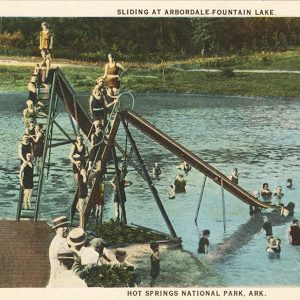
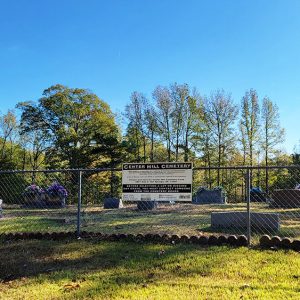
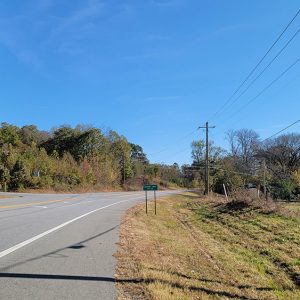
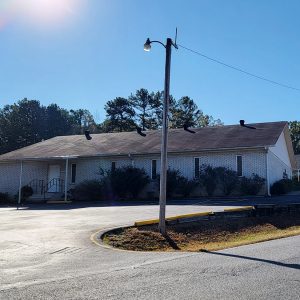

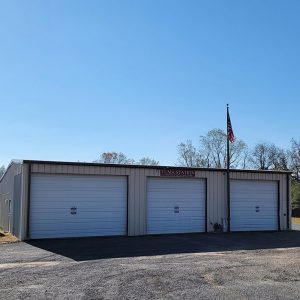
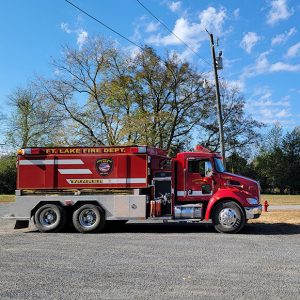
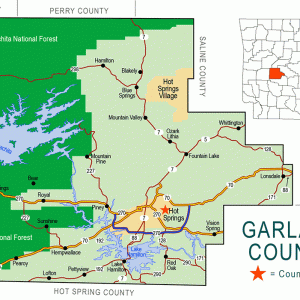
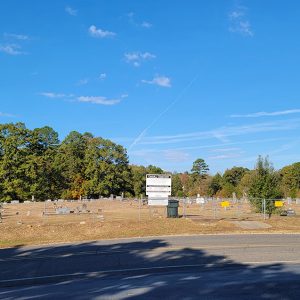
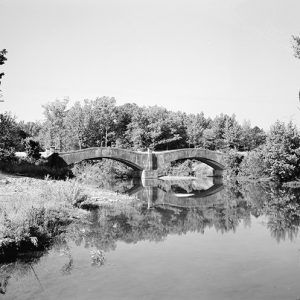
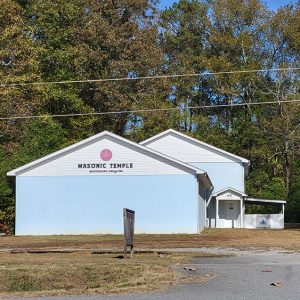




Comments
No comments on this entry yet.